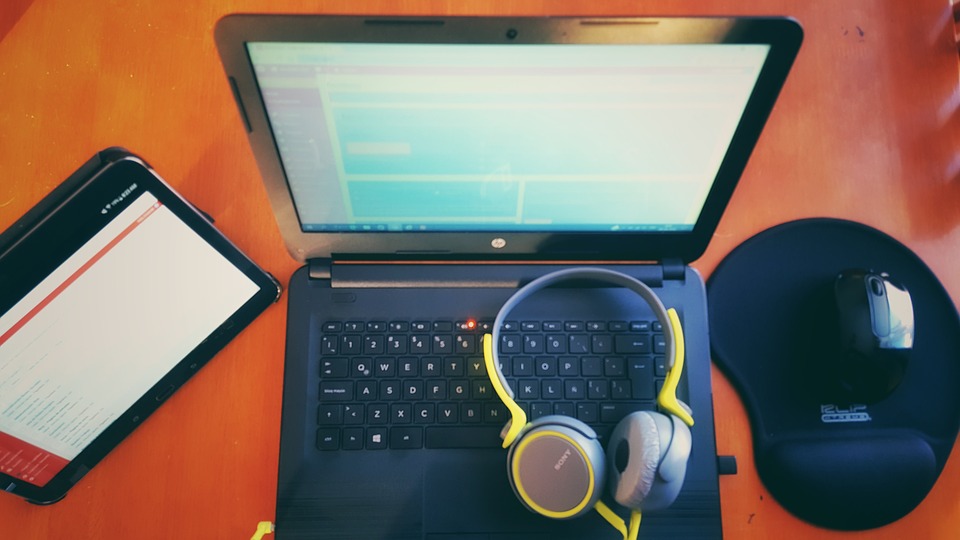Accessibility has become an important part of using the internet, especially because about 20% of all people have a hard time using it. Accessible technology is that which is not only available to everyone but can also be used comfortably by everyone. In many cases, technology helps enhance or hinder accessibility. In this article, we will look at the relationship between technology and accessibility and how the two intertwine.

Technology is Improving the User Experience
User experience on websites, apps, and other resources is often dictated by how usable and accessible a website is. For people who do not have disabilities, user experience is often a component of how well the website works. For those living with disabilities, additional technologies are required to improve user experience. For example, blind people need websites that are built to make them easier to use with screen readers. They also need websites built to make multimedia content as accessible as possible. All of the things that pertain to accessibility for those living with disabilities and better user experience can be achieved or enhanced by technology.
Technology Is Helping Enhance Accessibility
One of the areas where a clear link can be seen between technology and accessibility is in the implementation of web accessibility as well as the technologies that help support it. New and evolving technology has given rise to both hardware and software accessibility solutions. Hardware solutions like improving keyboards by altering layouts, making the keys bigger, or making it easier to hit the correct keys are all ways of making it easier to use keyboards to access the internet.
Software solutions like speech recognition, screen readers, and AI solutions all help improve web accessibility. Speech recognition makes it easy to access and navigate websites, screen readers make it easier to understand them, and AI solutions like accessiBe help ensure that websites have the right elements, tags, and features that make the use of speech recognition, screen readers, and other accessibility technologies possible.
Improving Societal Inclusivity
Both technology and accessibility help improve societal inclusivity. Many businesses and organizations that do not focus on making their products and services accessible to those living with disabilities end up excluding those with disabilities, many times unknowingly. Full social inclusion can be achieved by making sure everyone, including those living with disabilities, is included and have the same access to websites, applications, products, and services that other people have access to.
Also, technology is making education and employment more accessible. Universities and other educational institutions are using technology to ensure all their learning materials and classes are accessible to those with disabilities. At the same time, employers are using technologies like accessiBe to make their websites more accessible to candidates with disabilities. This way, both education and employment are open for those living with disabilities who would like to pursue available opportunities.
Building technology into accessibility and using technology to enhance accessibility are both noble goals that are only achieved by businesses and organizations actively seeking to achieve them. The good news is that we have come so far that making both of those things happen is now easier than ever.
 2018 ·
2018 ·